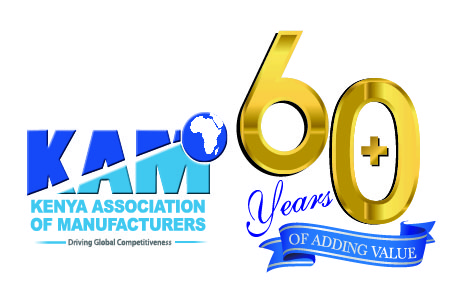Regional integration within EAC is a key driver of trade
By Phyllis Wakiaga
For years, trade has proven to be a key driver of economic growth for many countries across the globe. Trade has also been the fuel for driving regional integration for continents of the world. This could be the reason why Africa has, in the past few decades, experienced a proliferation of sub-regional agreements including the East African Community (EAC)
The benefits of regional integration cannot be overemphasized as it provides an opportunity for countries to have constructive dialogue and to build mutually beneficial relationships grounded on a set of shared values, characterized by equality and mutual respect for each other, which is strengthened by economic cooperation and cultural exchange.
The EAC demonstrates the possible benefits of regional integration in growing regional trade. According to a 2019 World Bank Report, EAC was the fastest growing region in Africa with the regional economy expanding by 5.7% in 2018. The growth was attributed largely to infrastructure development that the member states prioritized to boost trade amongst themselves. It is also important to note that, the total EAC trade grew by 11.7% to USD 52.4 billion in 2018 from USD 46.9 in 2017.
Through the EAC, member states have been able to enjoy among others, a Common Market to trade freely on all types of economic resources whilst removing all barriers to trade in goods, services, capital and labour; a Free Trade Area in which countries within the EAC agree to remove barriers to trade on all originating goods coming from the member states; and a Customs Union that harmonizes custom duties through a Common External Tarriff (CET).
However, the potential of the EAC in regard to growing regional trade is yet to be fully achieved. This is partially due to the fact that as individual member countries pursue their national industrial policies, they are likely to implement measures that counter regional integration obligations. As a result, trade disputes and non-tariff barriers persist.
Strides, however, have been made in an attempt to regain the trade value within the EAC. In order to address a variety of NTBs, the Community developed and assented the EAC NTBs Act 2017 and established committees to identify and monitor the progress of the implementation of the Act. EAC has harmonized over 1400 standards that have been endorsed by the member states to facilitate trade and established One Stop Borders Posts, to reduce the time taken to clear goods at the border post. The EAC also approved the EAC Customs Valuation Manual to guide the implementation and uniformity of the interpretation of EAC Customs Value Provisions.
It is beneficial to encourage the success of the EAC Bloc to build trade. In fact, member states are likely to benefit more from each other than external partners. Trading within the EAC provides a wide market for partner states, and with an estimated population of over 160 million people, there will be high demand for quality goods, increased competitiveness, as businesses from different nations within the bloc compete on a level playing field. It also encourages specialization, to better economies of scale, where there will be less cost from increased output.
Tariff removal will also encourage better trade by reducing the cost for consumers while opening opportunities for exporters – this will also encourage scaling up of the Micro, Small and Medium Enterprises (SMEs). Jan Tinbergen’s Gravity of Trade Theory suggests that trade with countries in close proximity is the most important and effective due to lower transport costs and similarities in economic ties, resulting in better trading agreements and opportunities.
Resolving the EAC Regional integration issues affecting trade can only be achieved through extensive political goodwill. In this, all participating country executives must effectively represent their interests with the knowledge of mutual beneficial growth within the region.
The Writer is the CEO of Kenya Association of Manufacturers and the UN Global Compact Representative for Kenya. She can be reached at ceo@kam.co.ke.
Looking for elevation? KAM lifts you up.
- Direct technical assistance
- Capacity building programmes
- Networking and mentorship
- Industry insights & analysis
- Trade & export development services
